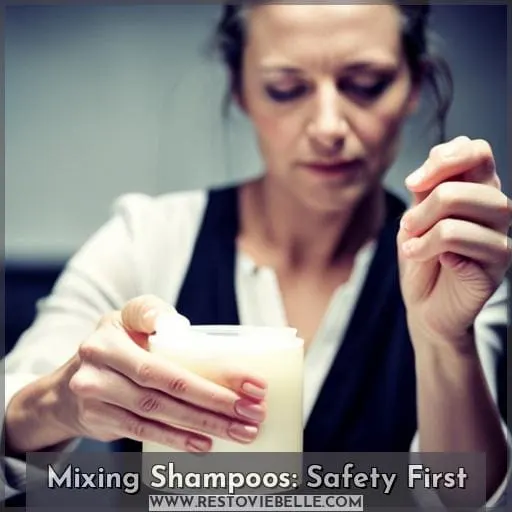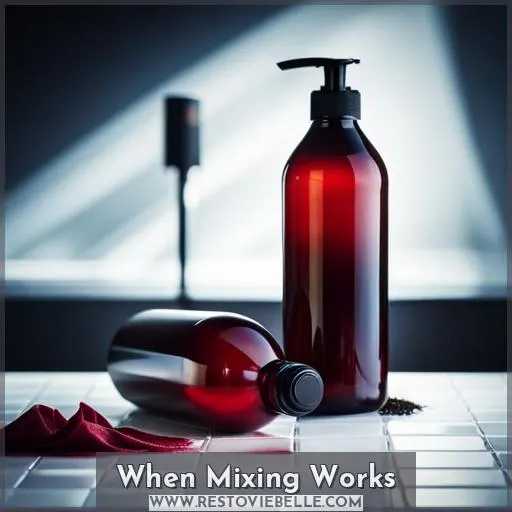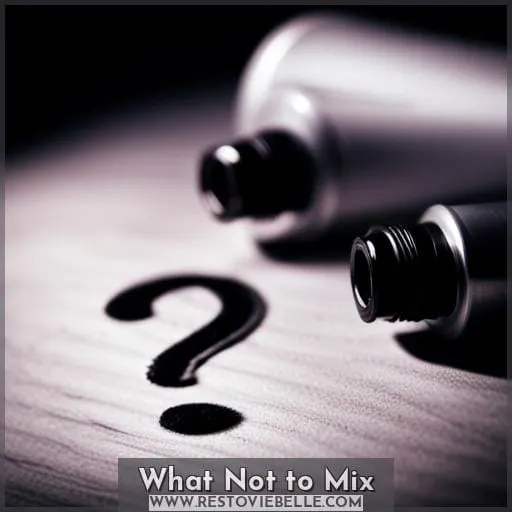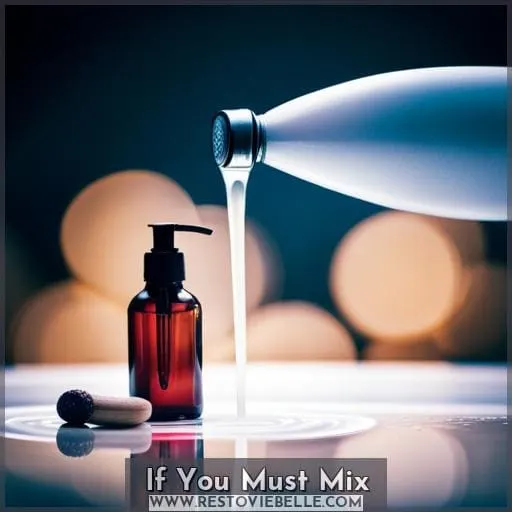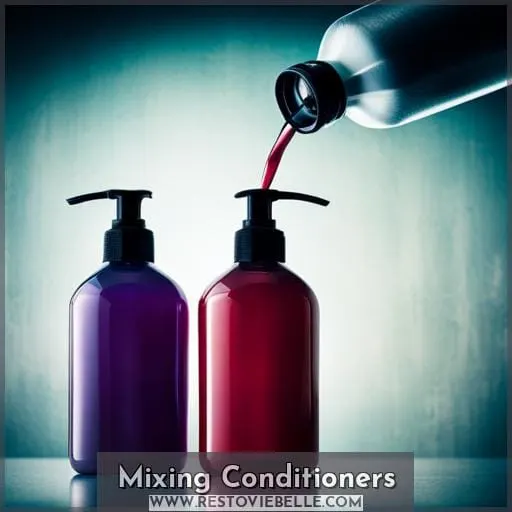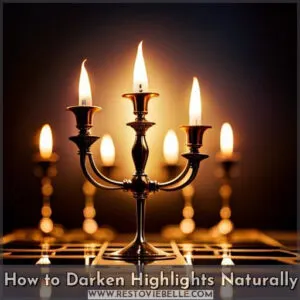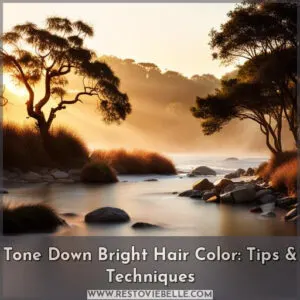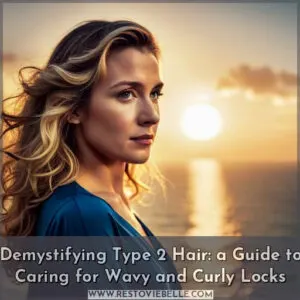This site is supported by our readers. We may earn a commission, at no cost to you, if you purchase through links.
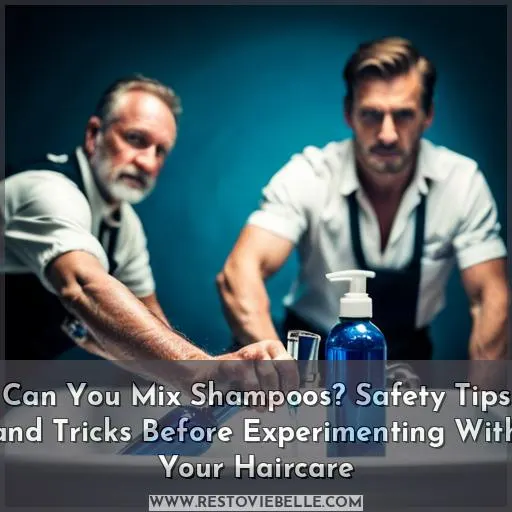 Imagine the excitement of mixing two shampoos together and discovering a magical haircare elixir. But before you dive into this experiment, it’s essential to know if it’s safe and effective.
Imagine the excitement of mixing two shampoos together and discovering a magical haircare elixir. But before you dive into this experiment, it’s essential to know if it’s safe and effective.
In this article, we’ll provide safety tips and tricks for experimenting with your haircare routine. From understanding which combinations work best to avoiding potential pitfalls, we’ve got you covered.
Table Of Contents
Key Takeaways
- Consider your specific hair needs before experimenting with different shampoo combinations.
- Mixing shampoos can be effective when using products with the same formula or targeting similar hair needs.
- Test a small patch of the mixed shampoo on your skin before applying it to your entire head.
- Consider buying a 2-in-1 shampoo and conditioner product for convenience and simplicity in your hair care routine.
Mixing Shampoos: Safety First
Safety First section:
When mixing shampoos, it’s important to prioritize safety to prevent any potential reactions or irritation.
Consider your specific hair needs, such as dryness or an oily scalp, before experimenting with different shampoo combinations.
If you have color-treated hair, be cautious when mixing shampoos as certain formulas may strip the color.
Additionally, sulfate-free and dandruff shampoos shouldn’t be mixed together without consulting a professional first.
Keep in mind that some mixtures could potentially lead to hair loss rather than promoting growth.
To ensure safety when trying out new combinations of shampoo products, conduct a small patch test on your skin before applying them to your entire scalp and hair length.
Remember these tips for safe experimentation with mixing shampoos for optimal results.
When Mixing Works
Mixing shampoos can be effective when using products with the same formula or targeting similar hair needs.
For example, if you have dry hair, combining a moisturizing shampoo with another one that provides hydration can work wonders for your locks.
Similarly, if you have oily hair, mixing two clarifying shampoos can help control excess oil and leave your scalp feeling fresh.
When it comes to damaged or color-treated hair, blending a repairing shampoo with one specifically designed for colored tresses can provide nourishment while maintaining vibrancy.
Curly-haired individuals may benefit from mixing a curl-enhancing shampoo with another that adds moisture and reduces frizz.
Just remember to test small samples before applying them to your entire head and avoid mixing too many different types of shampoos together as they might cancel out each other’s effects.
What Not to Mix
You should avoid mixing certain shampoos together to ensure the safety and effectiveness of your haircare routine.
- Relaxers, perms, dyes, bleach: These chemical-packed products can have strong reactions when mixed together and may cause damage to your hair.
- Conditioner with shampoo: While it might be tempting to create a custom treatment for your hair’s needs, conditioner is designed to work differently than shampoo. Mixing them could lead to counterproductive results or even damage your hair.
Trying a Small Test Patch First
Before starting any new haircare routine, it’s always a good idea to take the time to try a small test patch first. This will help you determine if the products you want to mix are compatible and won’t cause any adverse reactions on your scalp or hair.
To conduct a test patch, simply apply a small amount of the mixed shampoo on a small area of skin (such as behind your ear) and leave it for 24 hours. If there’s no itching, redness, or irritation during that period, then it should be safe for use.
When conducting this test patch, make sure to check the ingredients list of both shampoos beforehand.
and colors as they contain strong chemicals that could lead to damage or undesired results when combined.
If you’re looking for ways to save money or simplify your haircare routine without compromising effectiveness,
consider using 2-in-1 shampoo and conditioner products.
Additionally,mixing water with remaining drops in bottles can dilute them making them last longer.
Remember: safety comes first when experimenting with different combinations!
Consider Buying a 2-in-1 Product
If you’re looking for convenience and simplicity in your haircare routine, consider buying a 2-in-1 shampoo and conditioner product.
These products combine the cleansing power of shampoo with the moisturizing benefits of conditioner, saving you time and money.
With a 2-in-1 product, you won’t have to worry about mixing different shampoos together or running out of either shampoo or conditioner separately.
Look for a formula that suits your specific hair type to ensure optimal results.
Getting the Last Few Drops
To maximize the usage of your shampoo, try diluting it with water or consider purchasing a 2-in-1 product.
If you’re running low on shampoo, mixing it with water can help you get those last few precious drops.
However, be cautious when mixing shampoos with other ingredients like conditioner or baking soda as they may not have the desired effect and could potentially damage your hair. Stick to safe options like essential oils or apple cider vinegar for added benefits without compromising your hair’s health.
Saving Money
Consider opting for a 2-in-1 shampoo and conditioner to save both time and money.
These products are designed to cleanse and condition your hair in one step, eliminating the need for separate bottles.
Not only does this save you from purchasing multiple products, but it also streamlines your haircare routine.
However, make sure to check that the 2-in-1 product is suitable for your specific hair type before mixing different formulas together or using relaxers, perms, colors, bleach on your hair.
If You Must Mix
If you find yourself in a situation where you absolutely must mix two shampoos together, there are a few important things to keep in mind:
- Don’t mix bleach or hair dyes: Mixing these products can lead to chemical reactions that damage your hair and scalp.
- Use a 2-in-1 shampoo: If possible, opt for a 2-in-1 shampoo and conditioner product. This eliminates the need for mixing different products while still providing cleansing and conditioning benefits.
- Dilute with water: If you’re running low on shampoo, diluting it with water can help stretch its usage without compromising its effectiveness.
- Test on a small patch: Before applying mixed shampoos all over your head, test them on a small patch of skin first to ensure they don’t cause any adverse reactions or irritation.
Remember that it’s generally safer to stick with one trusted shampoo rather than experimenting by mixing different formulas together.
Mixing Conditioners
Mix conditioners with caution when experimenting with mixing shampoos.
While mixing shampoos can have its risks, it may be a different story when it comes to conditioners. Mixing two different types of conditioners together can actually save you time and money while creating a custom treatment for your hair’s specific needs.
It’s important to consider the ingredients in each conditioner and how they complement each other. Some conditioners contain heavy ingredients that can weigh down your hair or cause buildup, so choosing the right combination is crucial.
Explore different types of conditioners from various brands to find the best ones for your hair type and concerns such as dryness, frizz, or damage repair.
Always read labels carefully to understand what ingredients are present in each conditioner before attempting any mixtures at home.
Frequently Asked Questions (FAQs)
Can I mix two shampoos of different brands together?
Mixing two shampoos of different brands together can have unpredictable results. The ingredients and formulas may not work well together, leading to undesirable effects on your hair.
It’s best to stick with one shampoo that suits your needs for optimal results and avoid potential risks.
Is it safe to mix a dandruff shampoo with a regular shampoo?
Mixing a dandruff shampoo with a regular one may seem like the perfect solution, but proceed with caution. While it won’t cause an explosion of epic proportions, combining these two could potentially lead to lackluster results for your hair.
Can I mix two shampoos for different hair types together?
Mixing two shampoos for different hair types can be risky.
Each shampoo is designed to address specific needs, so combining them may counteract their effects.
Stick to a single shampoo formulated for your hair type for best results and avoid potential issues.
Is it okay to mix two shampoos that have different scents?
Mixing two shampoos with different scents is generally safe and won’t cause any harm to your hair. However, keep in mind that the resulting scent mightn’t be as pleasant or harmonious compared to using a single shampoo.
Can I mix a shampoo for oily hair with a shampoo for dry hair?
Mixing a shampoo for oily hair with one for dry hair is like trying to blend fire and ice. Their opposing formulas will likely cancel each other out, leaving you without the desired results.
Conclusion
In your journey to discover the perfect haircare routine, the question of whether you can mix shampoos arises.
Understanding which combinations work best and avoiding potential pitfalls is key. Before experimenting, consider trying a small test patch first and also explore the option of buying a 2-in-1 product.
If you must mix shampoos, proceed with caution. And don’t forget to consider mixing conditioners as well for a well-rounded haircare routine.

